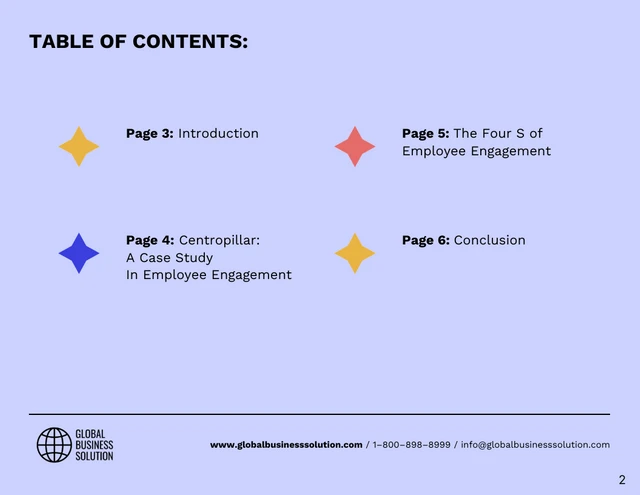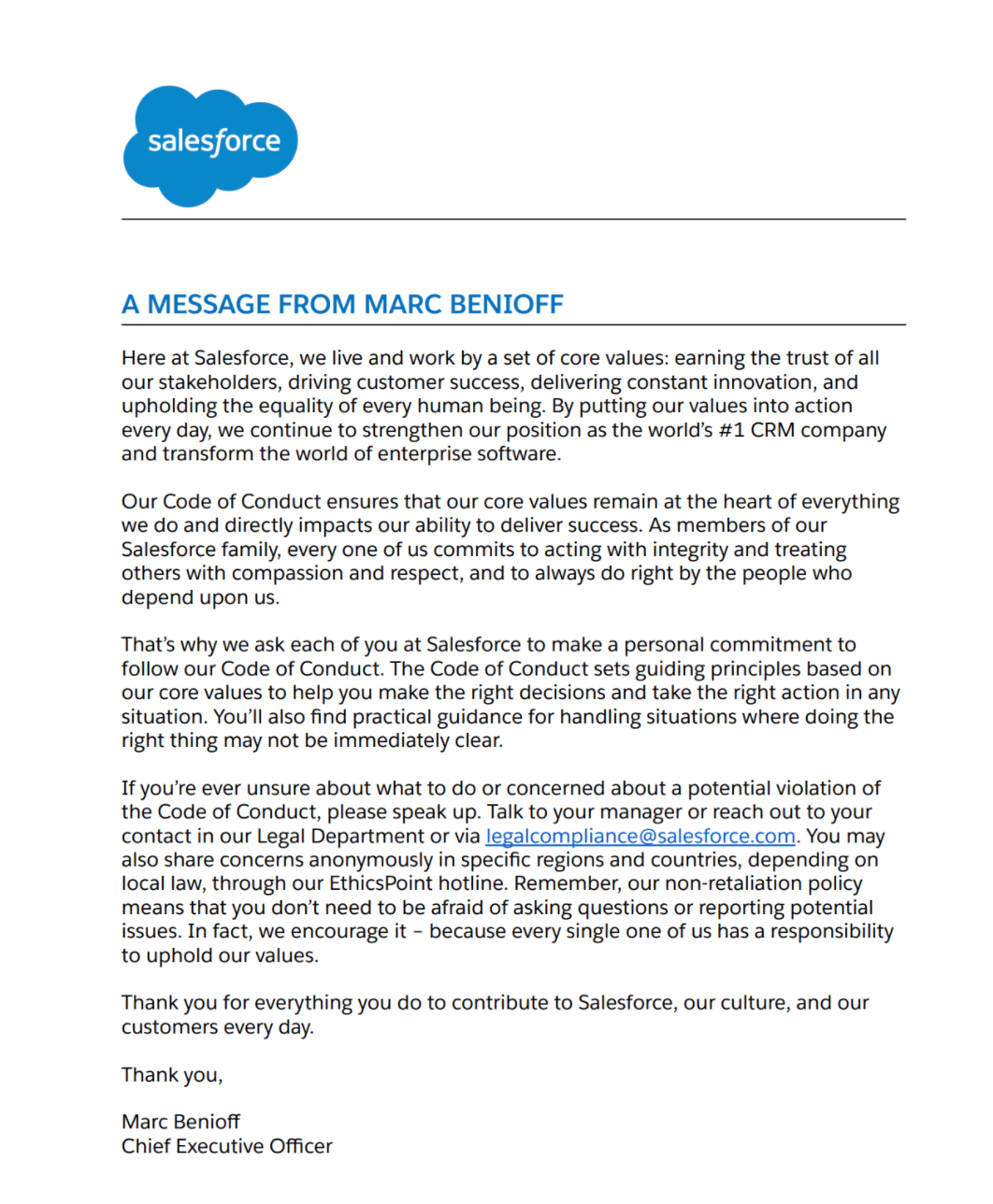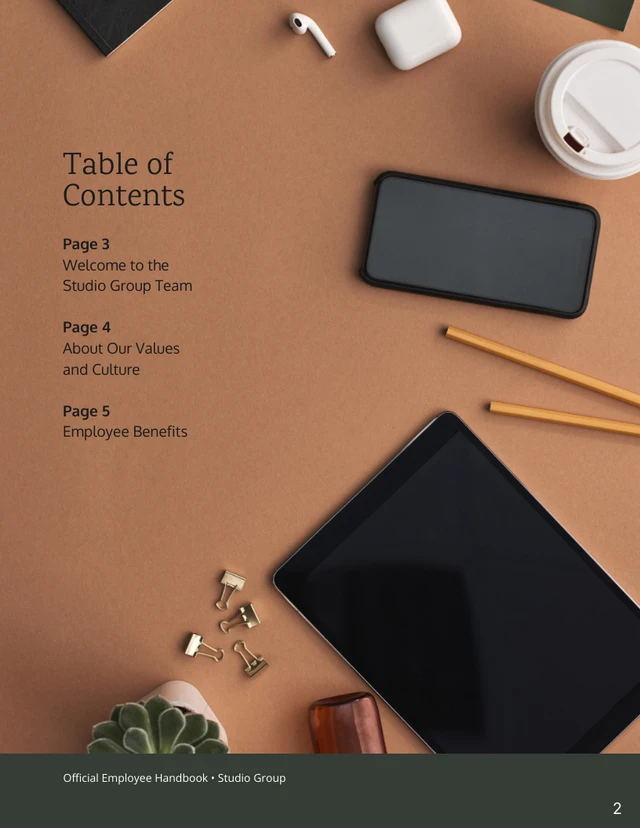As a business owner or HR manager, creating an employee handbook is a crucial step in establishing a positive and productive work environment. A well-written handbook serves as a guide for employees, outlining the company's policies, procedures, and expectations. However, with so many factors to consider, it can be overwhelming to know where to start. In this article, we will provide you with 12 tips to consider while writing employee handbook guidelines, as inspired by
Forbes.
Tip 1: Define Your Company Culture
Your employee handbook should reflect your company's unique culture and values. Take the time to define your mission, vision, and values, and ensure they are clearly communicated throughout the handbook.
Tip 2: Keep it Concise and Easy to Understand
Avoid using overly complex language or jargon that may confuse employees. Use clear and concise language to ensure that everyone understands the policies and procedures outlined in the handbook.
Tip 3: Include Essential Policies
Make sure to include essential policies such as anti-discrimination, harassment, and social media usage. These policies are crucial in maintaining a positive and respectful work environment.
Tip 4: Outline Employee Benefits and Perks
Clearly outline the benefits and perks offered by your company, including health insurance, retirement plans, and paid time off. This will help employees understand what they are entitled to and how to access these benefits.
Tip 5: Establish Clear Communication Channels
Define the communication channels that employees should use to report concerns, ask questions, or provide feedback. This will help ensure that employees feel heard and that issues are addressed promptly.
Tip 6: Set Clear Expectations for Employee Conduct
Outline the expected behavior and conduct for employees, including dress code, attendance, and punctuality. This will help maintain a professional and respectful work environment.
Tip 7: Include a Code of Conduct
Develop a code of conduct that outlines the expected behavior for employees, including ethics, confidentiality, and conflicts of interest.
Tip 8: Provide Guidance on Confidentiality and Data Protection
Ensure that employees understand the importance of confidentiality and data protection. Provide guidance on how to handle sensitive information and protect company data.
Tip 9: Outline Disciplinary Procedures
Clearly outline the disciplinary procedures that will be followed in cases of misconduct or poor performance. This will help ensure that employees understand the consequences of their actions.
Tip 10: Include a Section on Employee Recognition and Rewards
Recognize and reward employees for their hard work and contributions. Include a section on employee recognition and rewards to motivate and engage employees.
Tip 11: Keep it Up-to-Date
Regularly review and update your employee handbook to ensure that it remains relevant and compliant with changing laws and regulations.
Tip 12: Make it Accessible
Make sure that the employee handbook is easily accessible to all employees, either in print or digital format. This will help ensure that employees can easily access the information they need.
By following these 12 tips, you can create an employee handbook that is comprehensive, easy to understand, and reflects your company's unique culture and values. Remember to regularly review and update your handbook to ensure that it remains relevant and effective in maintaining a positive and productive work environment. With a well-crafted employee handbook, you can set your business up for success and create a positive experience for your employees.



![How to Write an Employee Handbook [Examples + Tips] - Venngage](https://venngage-wordpress.s3.amazonaws.com/uploads/2019/09/Venngage-employee-handbook-screenshot.png)





![How to Write an Employee Handbook [Examples + Tips] - Venngage](https://venngage-wordpress.s3.amazonaws.com/uploads/2019/09/Modern-employee-handbook-template-inside-page.jpg)